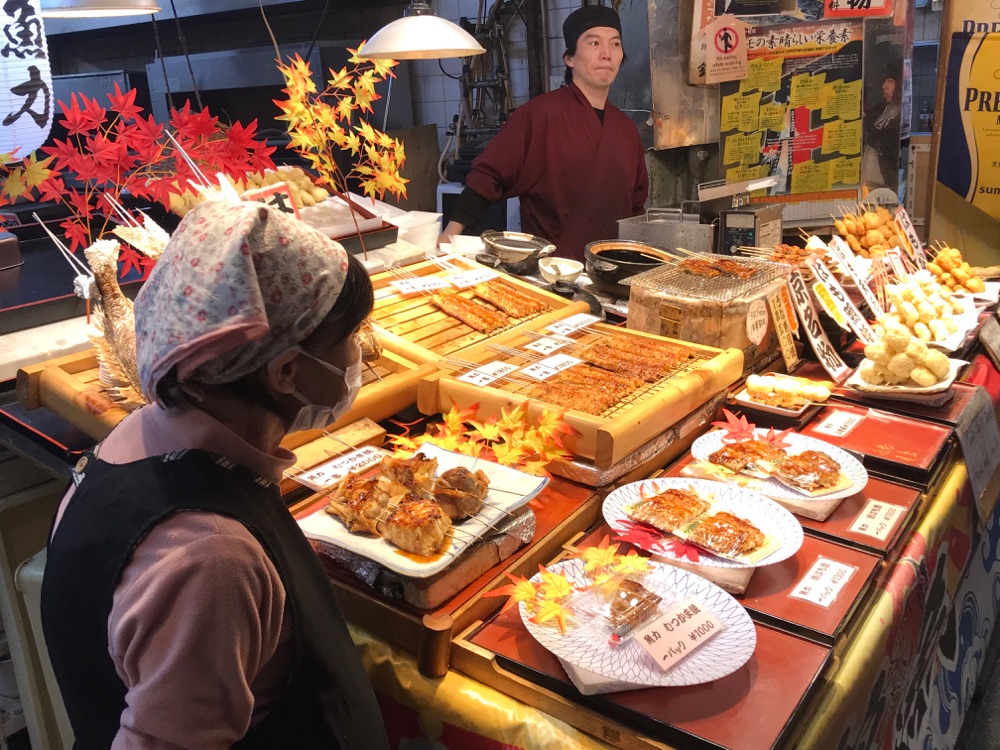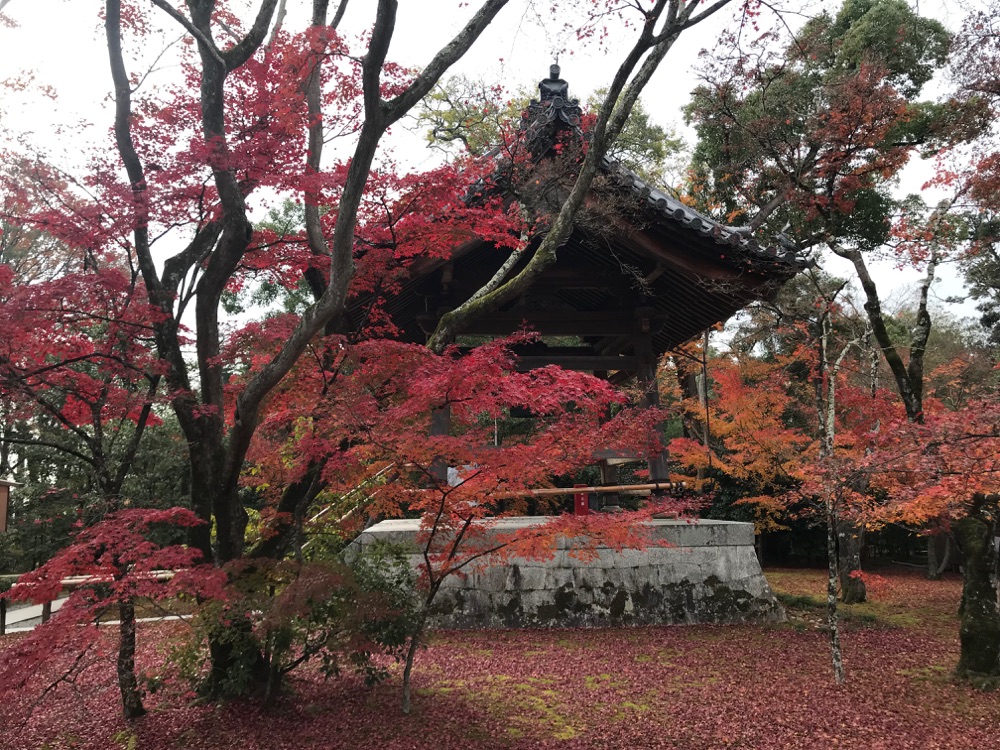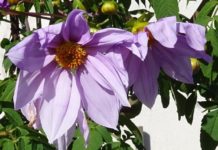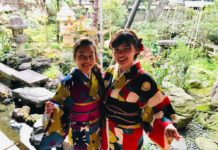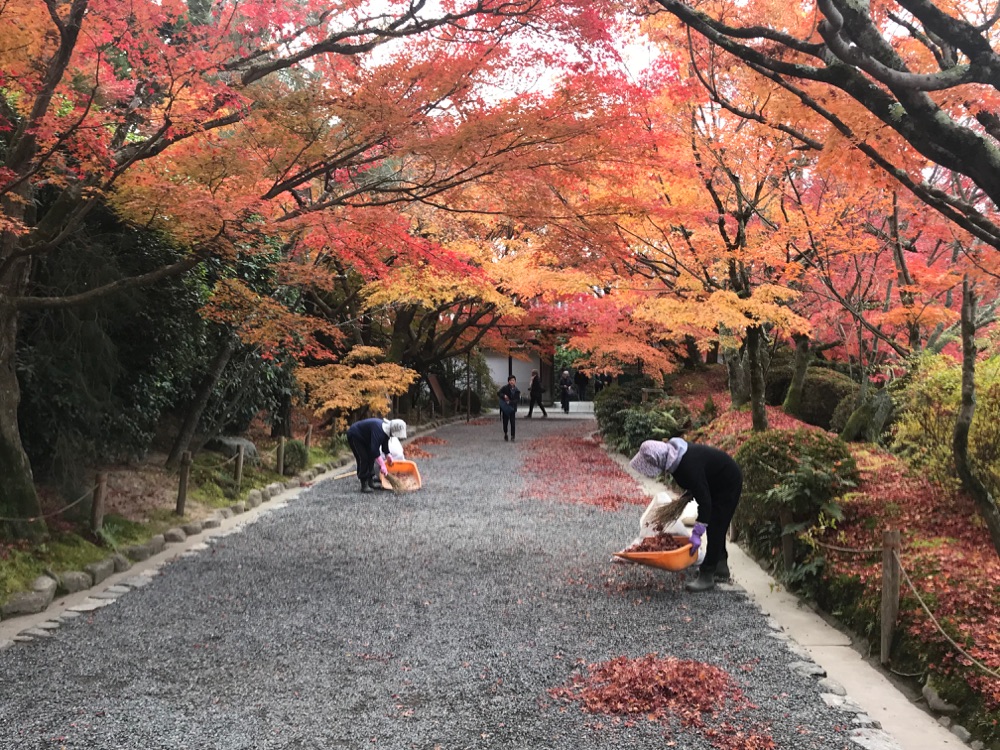
To start our first full day in Kyoto, we went to Ryoan-ji Temple, mainly to see the beautiful and famous raked gravel and stone courtyard garden.
The garden measures only 25m from east to west and 10m from south to north and contains 15 stones, or at least you are asked to see if you can see 15 stones as you sit and meditate and look out at the raked gravel and still stones.
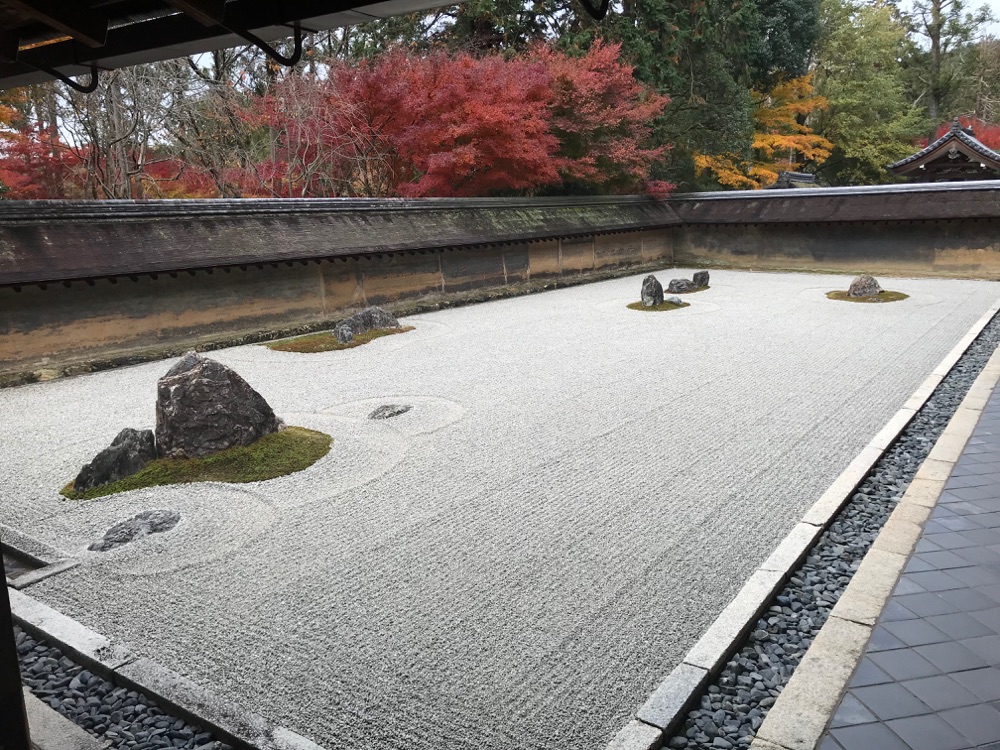
In reality, you can only see 14 stones. The idea is that if you somehow manage to see 15, you have attained enlightenment.
Just as enjoyable as seeing this unique and iconic garden was the walk to the garden itself which took us along a beautiful path and up stone steps all lined by maples showing magnificent fall colour.

These are small-small-leaf maples with tiny, graceful palmate leaves that hang in such exquisite, refined clusters from the branches of their trees.
The raked garden was a delight. It is an artistic triumph that demands of you to focus on the empty spaces as much as the solid objects and within the tension of the two to discover a synergy that expresses a divine harmony, balance and contrast.

Out of the garden, we wandered around the lake next to the temple and it also contained spectacular views with more graceful maples with leaves in a variety of shades of red, yellow and orange.
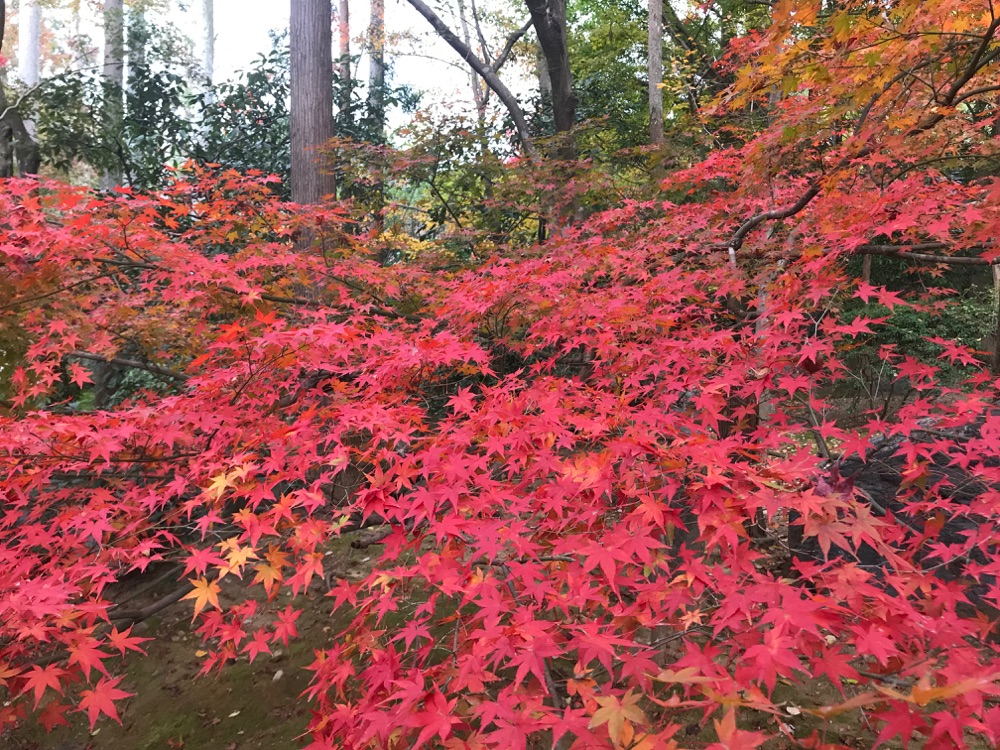
From Ryoan-ji, we moved to the Golden Pavilion, a.k.a. Kinkaku-ji, which has long been one of Japan’s most famous temple gardens.
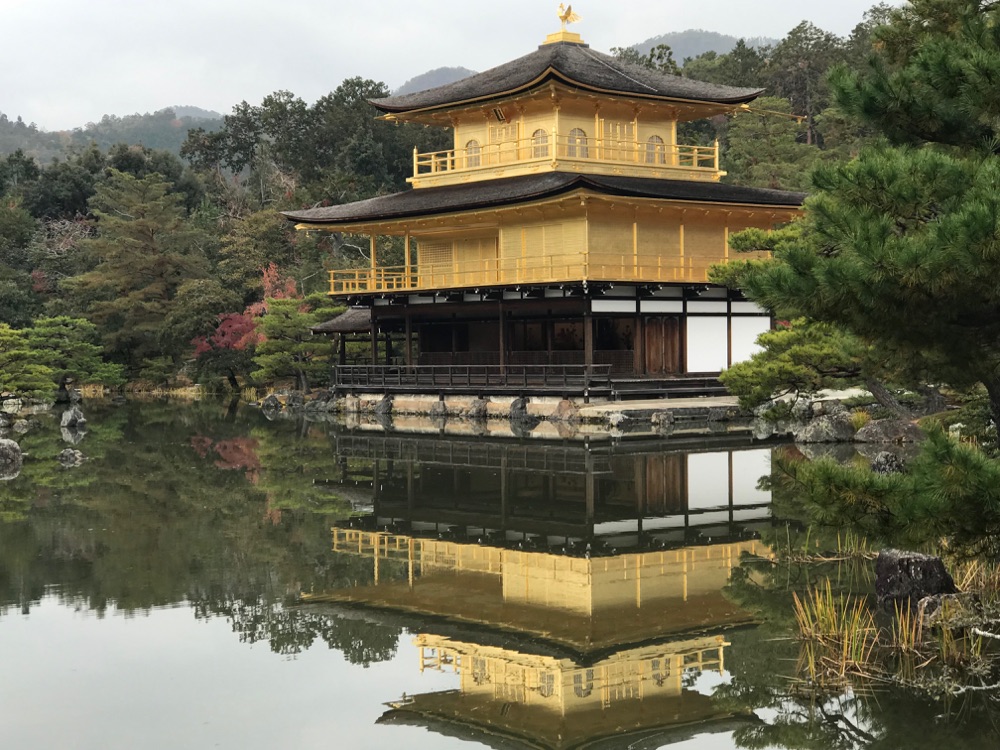
The golden pavilion is located next to a large lake containing numerous islands, each beautifully planted with pine trees.
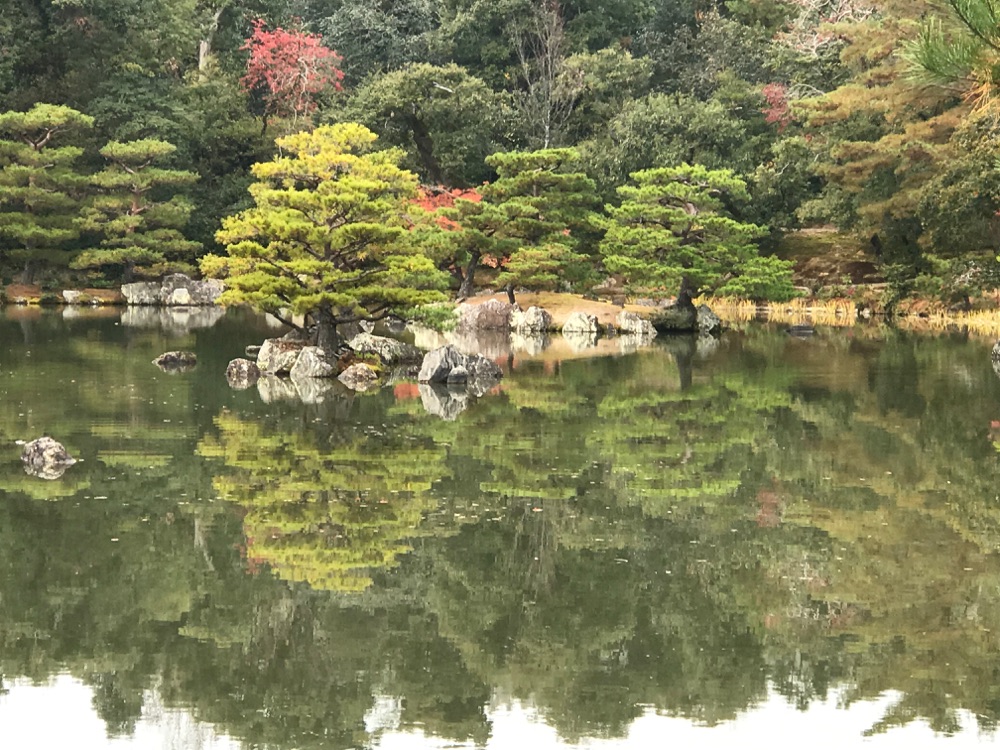
We were lucky enough to have the perfect weather for photographs – not to sunny and bright and not too dark and brooding, just right to see the lovely reflection of the building and the pine trees in the mirror-like surface of the lake.
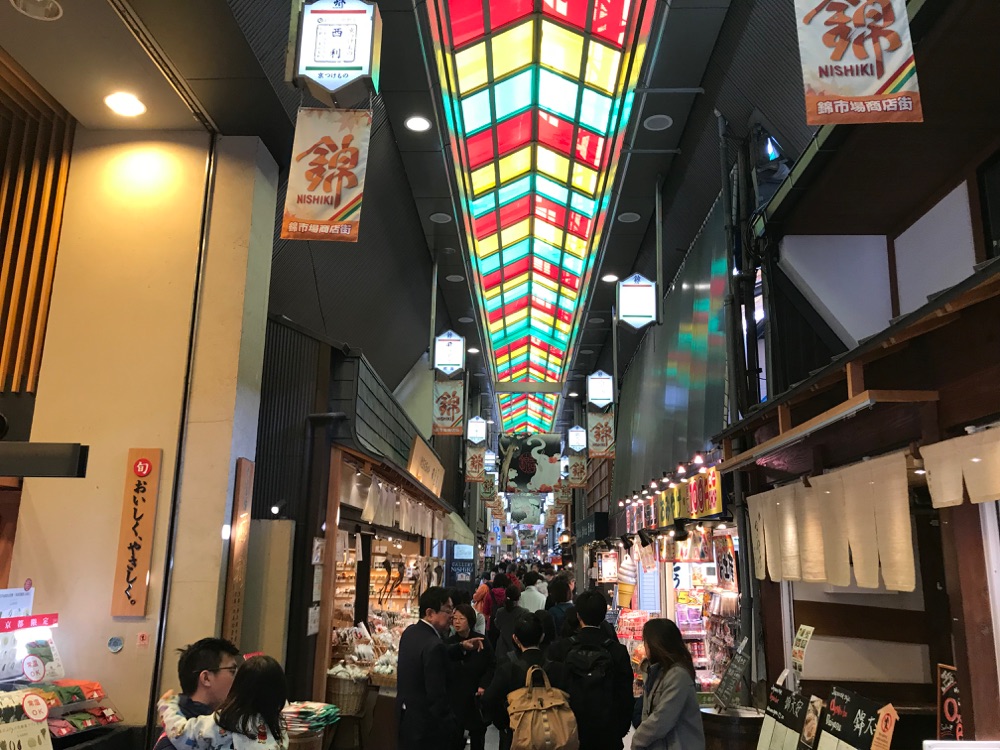
From Kinkaku-ji, we went to the Nishiki market, a bustling, narrow street lined by restaurants and shops under a colourful red-yellow-green/blue glass ceiling.
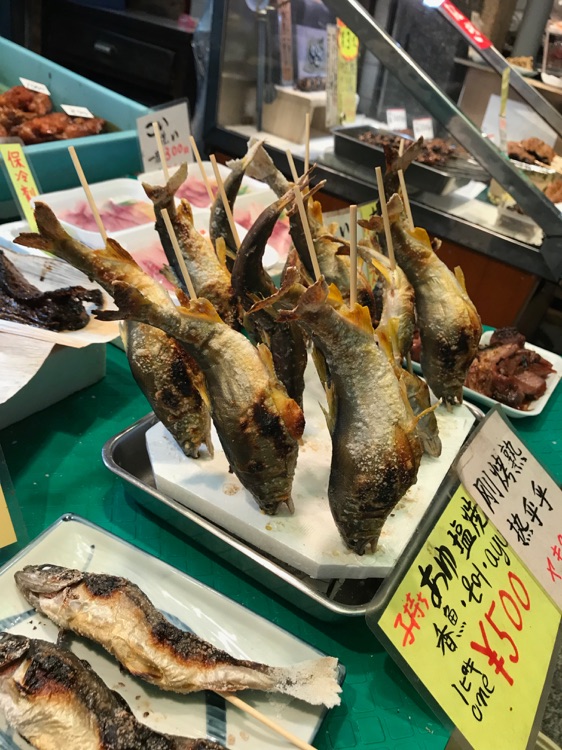
We walked the entire garden, pausing to admire female gardeners who were dressed so smartly for raking leaves from the mossy banks.
As with all the places we have been in Japan, the market was spotless and each shop and stall and restaurant a treat for the eyes.
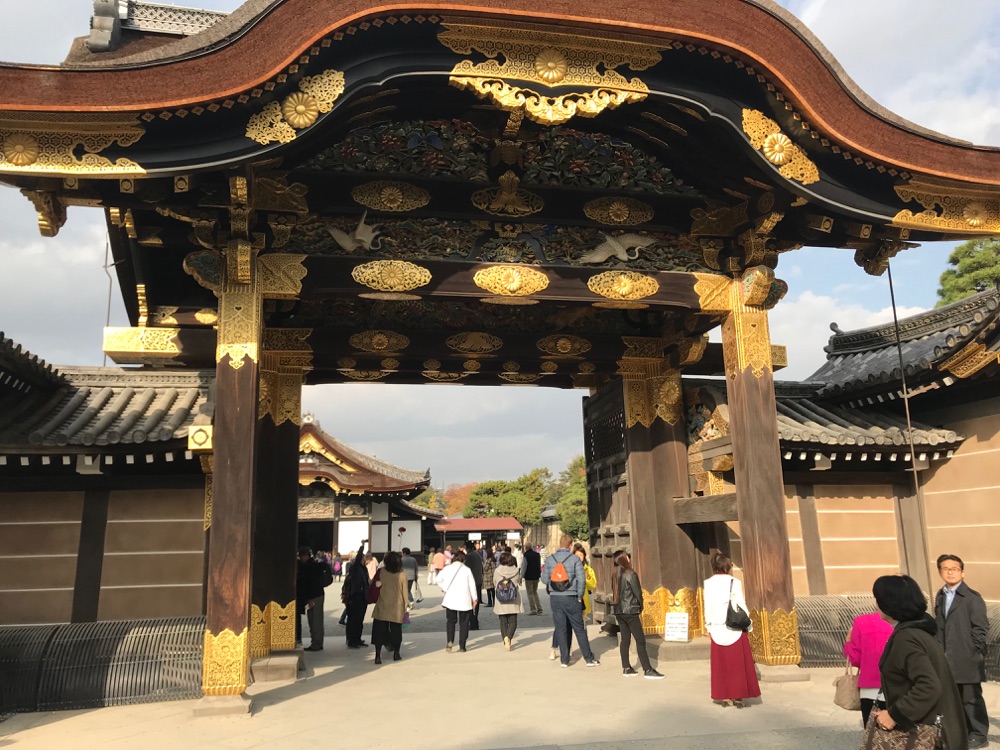
Our last visit of the day was to the 17th century Nijo-jo Castle and gardens, another world heritage site, home of the Shogun who eventually brought unity to Japan.

The castle contains a series of beautiful rooms, each one decorated by amazing wall paintings.
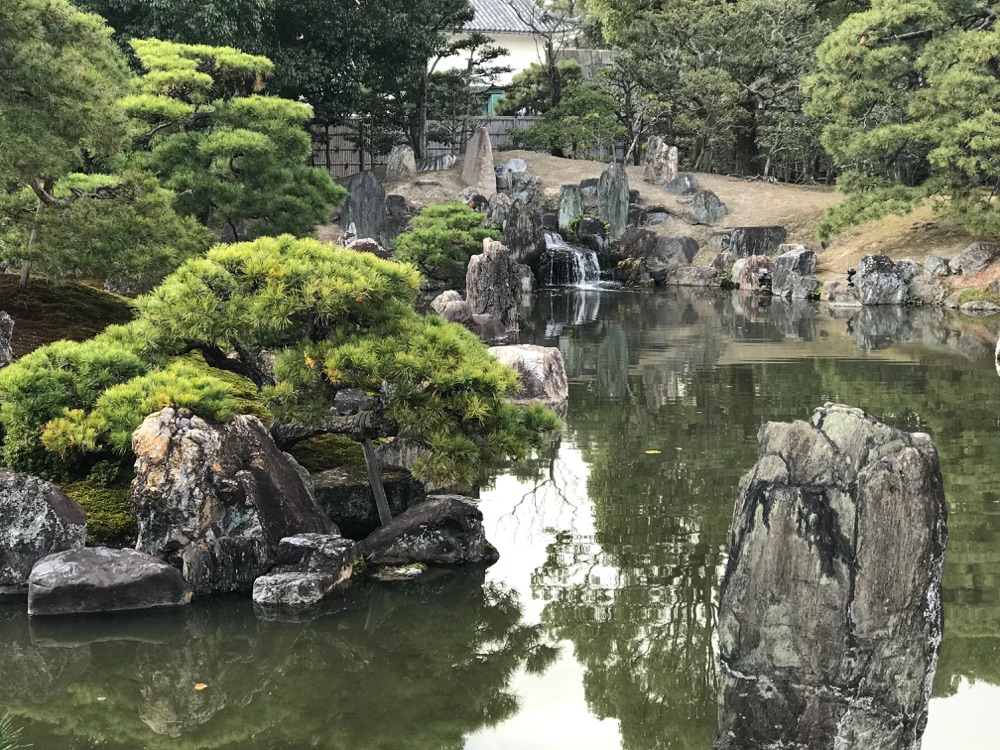
Photography was not allowed, so I cannot show you what I am talking about here, but I began to think that English stately homes are rather gauche, even vulgar in their excessive ornamentation, compared to the simplicity and refinement of these elegant rooms.
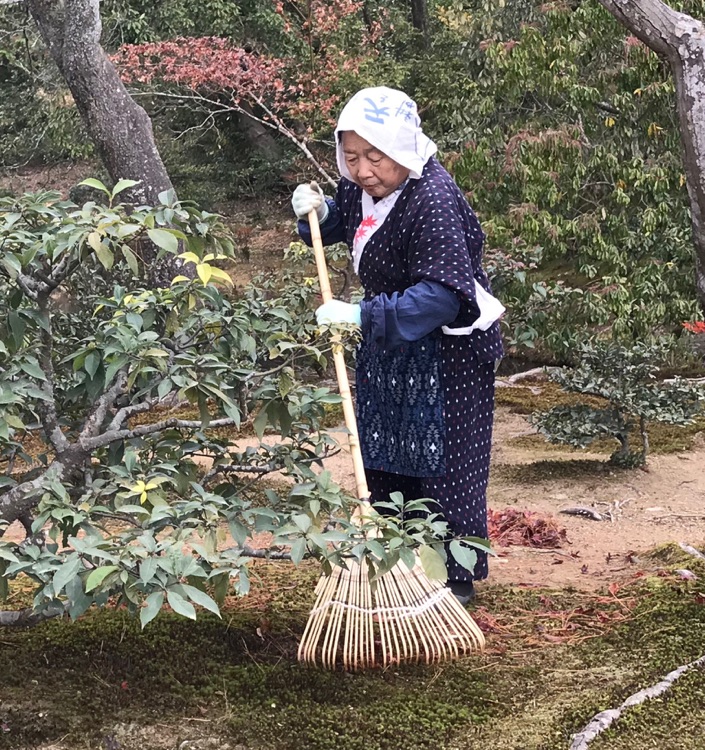
The rest of the day was spent shopping with the evening free to indulge in the restaurant culture of Kyoto, a city blessed with an abundance of styles of Japanese cuisines.
Tomorrow, we visit a bamboo forest and more beautiful zen temple gardens.
swhysall@hotmail.com
